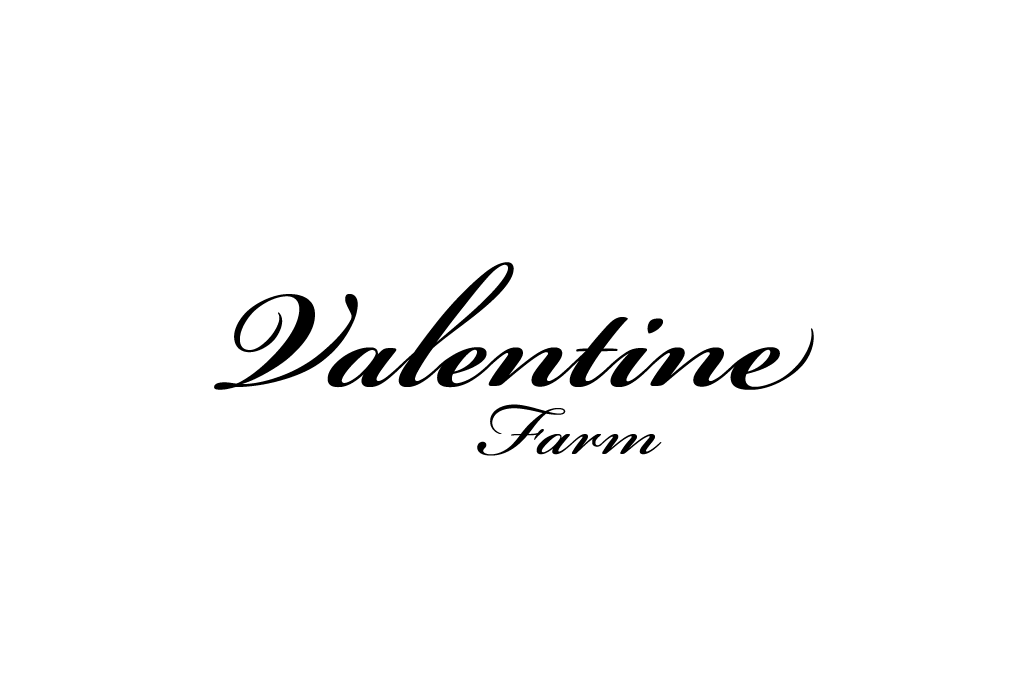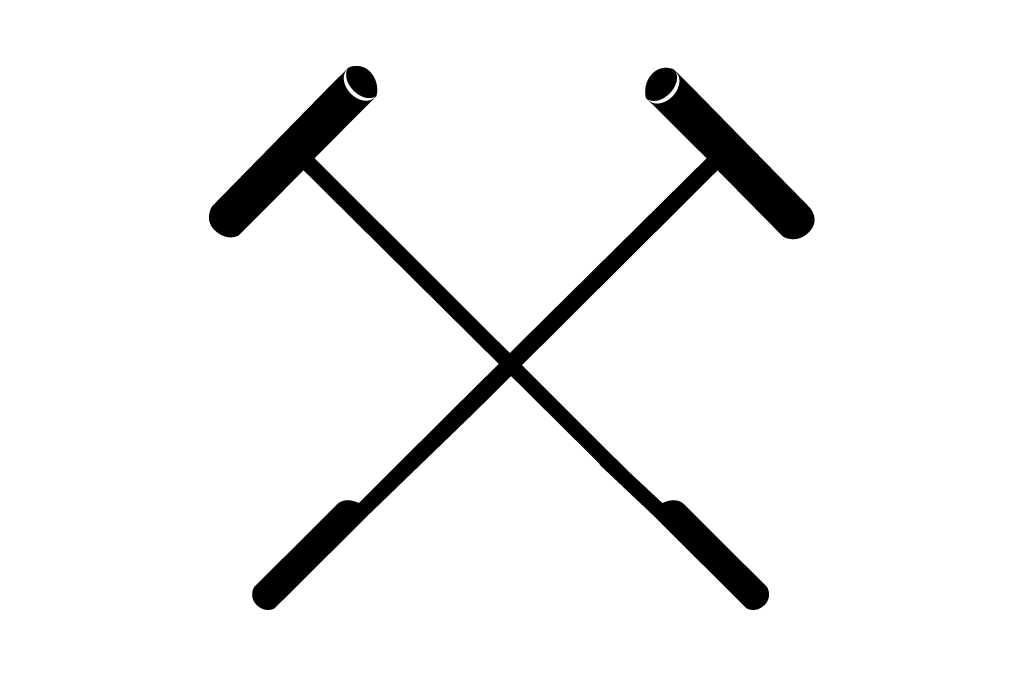 Like a lot of industries, there are formal rules and values that should be observed. The creative world is no different. There is a set of solid design principles that define the way art and design are structured and arranged. These principles include balance, proportion, rhythm, emphasis and unity.
Like a lot of industries, there are formal rules and values that should be observed. The creative world is no different. There is a set of solid design principles that define the way art and design are structured and arranged. These principles include balance, proportion, rhythm, emphasis and unity.
BALANCE
Balance is the idea that any given design has the appearance of being weighted equally. It is easy to comprehend that if something three dimensional is not balanced correctly it will topple over. Obviously a two dimensional canvas or brochure design is not going to fall over but the general principle of equilibrium is the same. A designer can achieve this balance either symmetrically or asymmetrically.
With symmetrical balance (also known as formal balance) the shape and form of the design is evenly balanced on both sides. Imagine a line running vertically down the centre of the artwork or horizontally through the middle. The two halves of the design should contain the same amount of shape, color and/or movement in order to achieve balance.
 Asymmetrical balance (also know as informal balance) works on a comparable solid design principle to the imaginary line mentioned above but differs in that the line can run diagonally or on an axis. The concept is similar i.e. that the two halves of the design should be weighted equally however asymmetrical balance is a little more complicated. Imagine if you can one large sunflower in the bottom right hand corner of a creative design. This large sunflower could be balanced out by placing multiple smaller sunflowers in the top left hand corner to achieve asymmetrical balance.
Asymmetrical balance (also know as informal balance) works on a comparable solid design principle to the imaginary line mentioned above but differs in that the line can run diagonally or on an axis. The concept is similar i.e. that the two halves of the design should be weighted equally however asymmetrical balance is a little more complicated. Imagine if you can one large sunflower in the bottom right hand corner of a creative design. This large sunflower could be balanced out by placing multiple smaller sunflowers in the top left hand corner to achieve asymmetrical balance.
PROPORTION
Proportion is an important element that can impact the feeling of a design whether it is on a canvas, clothing or architecture. Think about the way that a boardroom in a law firm with high ceilings, expansive windows and an oversized timber desk could intimidate a defendant. Or the way a large floral print could overwhelm a small mini skirt. Alternatively, a small den could instantly feel cozy just based on its size. In design proportion can be used to illicit feelings of expanse and depth as well as warmth and comfort.
RHYTHM
Rhythm is often the term used to describe the way a viewer’s eye is led through a design. Like a musical beat to the ears, repetition, shading and pattern can create a visual beat for the eyes.
 EMPHASIS
EMPHASIS
Emphasis pertains to the focal point of the design. This is the part of the design that demands the most attention from the viewer and the component of the composition that should ‘hook’ the viewer. Movement and rhythm will guide the viewer around the artwork, but ultimately they will return to where the most emphasis is placed in the design. Creating the focal point can be achieved using many techniques including contrasting colors, proportion or repetition.
UNITY
Unity is the governing solid design principle that holds all the elements together. Unity refers to the holistic view of the composition. Are all the components working together harmoniously? Is the design structured correctly? If all the above elements are used correctly unity should be relatively easy to achieve and ultimately the creative design will, put simply, make sense.
No Comments